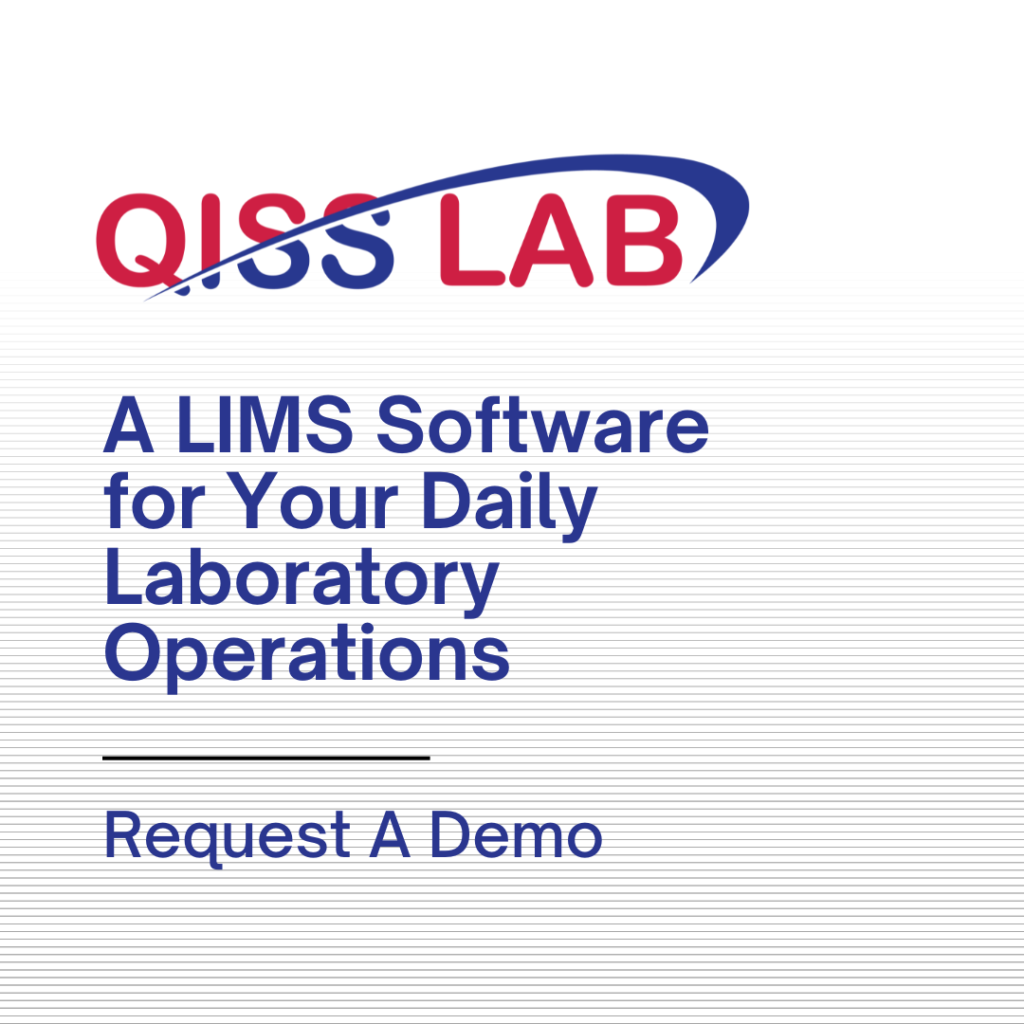Nonconformance management should consist of procedures that allow an organization to identify, segregate, evaluate, document, and dispose of output that does not conform to a manufacturer’s requirements.
The FDA and ISO have enacted guidelines to help ensure that the users of medical devices can rely upon a device that is not only effective but is safe to use. These guidelines require manufacturers of medical devices to establish procedures for managing nonconforming devices, ensuring that the devices are not entered into the stream of commerce and that the root cause of any nonconformance is investigated and documented.
Per 21 CFR Part 820.90, the FDA provides the regulatory requirements governing how manufacturers should deal with issues of nonconforming outputs:
- Control of the nonconforming product – Manufacturers need to identify instances of the nonconforming product. Examples include:
- Sampling,
- Testing, or
- Internal audits that include several types of nonconformance testing.
- Evaluation of the nonconforming output should determine if further action must be taken and appropriate personnel are notified of said action(s). The results of the assessment and any follow-up investigation should be documented.
- Review and disposition of the nonconforming product – A procedure that defines responsibility for reviewing nonconformance issues and authority for disposing of affected output should be initiated. The guidelines for review and disposition should be documented in the QMS.
- Rework policy and procedure – If needed, an organization should create a rework procedure for reworking nonconforming output, including rules for retesting the reworked output specification conformity.
Once the FDA-mandated process for nonconformance management has been successfully initiated, manufacturers may be able to implement disposition activities related to the material(s) in question. Several options exist for how to deal with nonconforming issues:
- Rework of the material
- Inventory of the NC material for future uses
- Scrap
- Return nonconforming materials to the external provider
- If the NC issue is minor, use as-is.
After dispositioning has occurred, the manufacturer must ensure that documentation is created to adequately describe and justify any disposition activity undertaken, along with the documents evidencing the investigation and evaluation process.
When an instance of nonconformance is identified as part of an internal quality audit, it may warrant escalation to a corrective action if an evaluation determines that the issue could recur. The FDA’s guidelines for CAPA require device manufacturers to investigate the cause of any nonconformance event and identify corrective actions aimed at preventing the event recurrence.
Manufacturers can initiate a root cause analysis and a corrective action to identify and correct the underlying causes of an identified nonconformance issue.
Choose suitable software for your business from QISS essential software list. We are always ready to provide you ISO-based QMS services through QISS QMS software.



